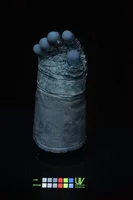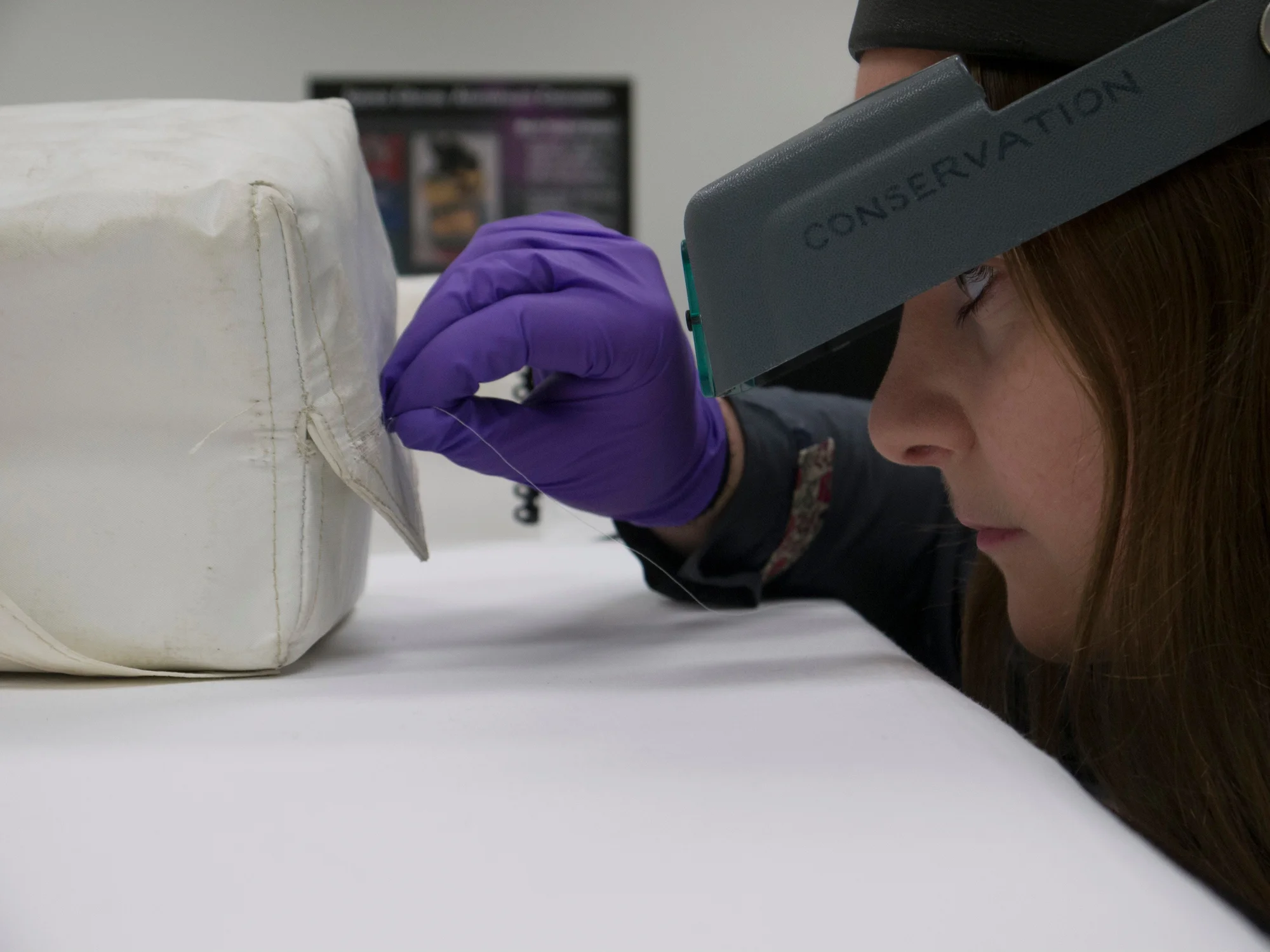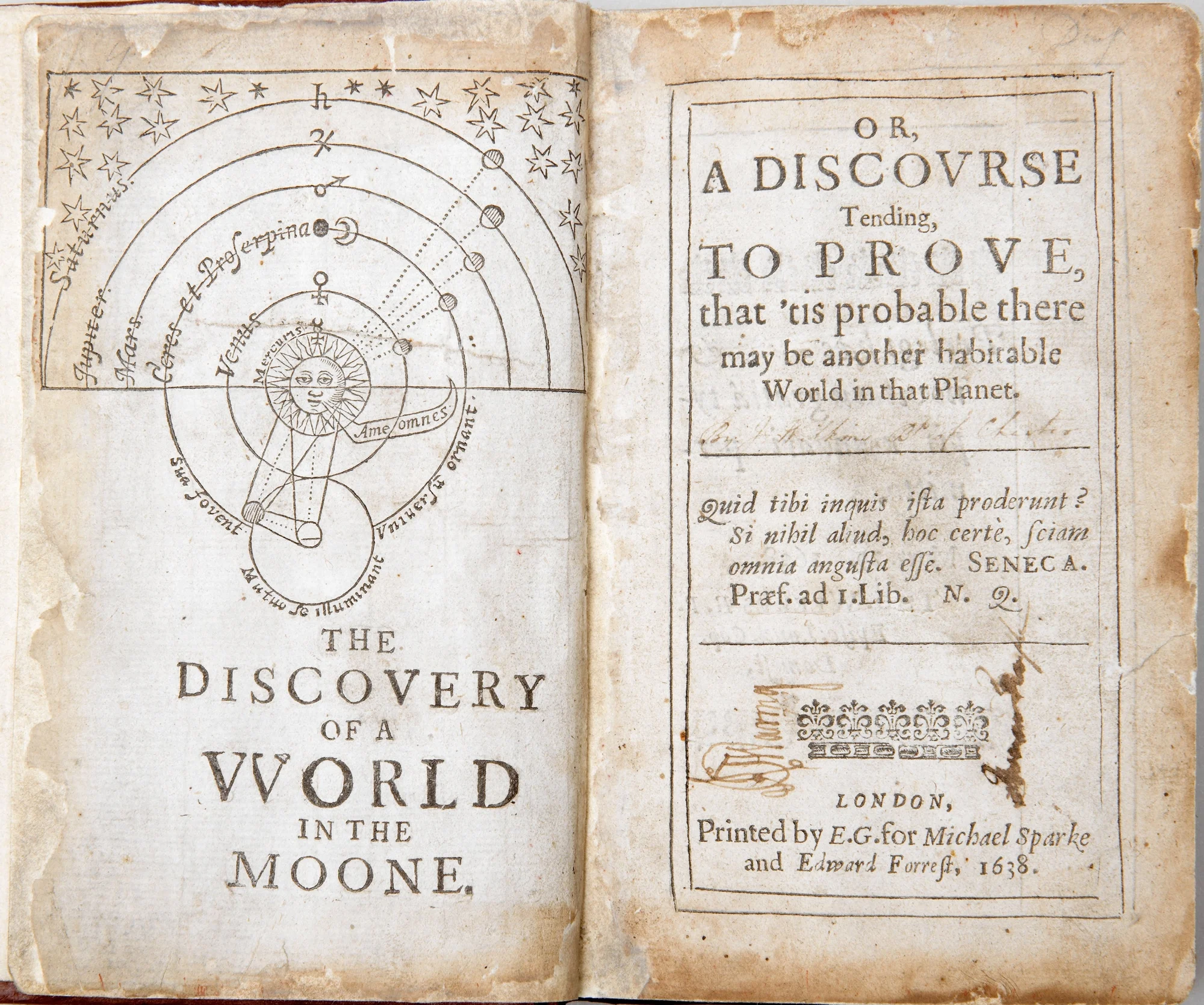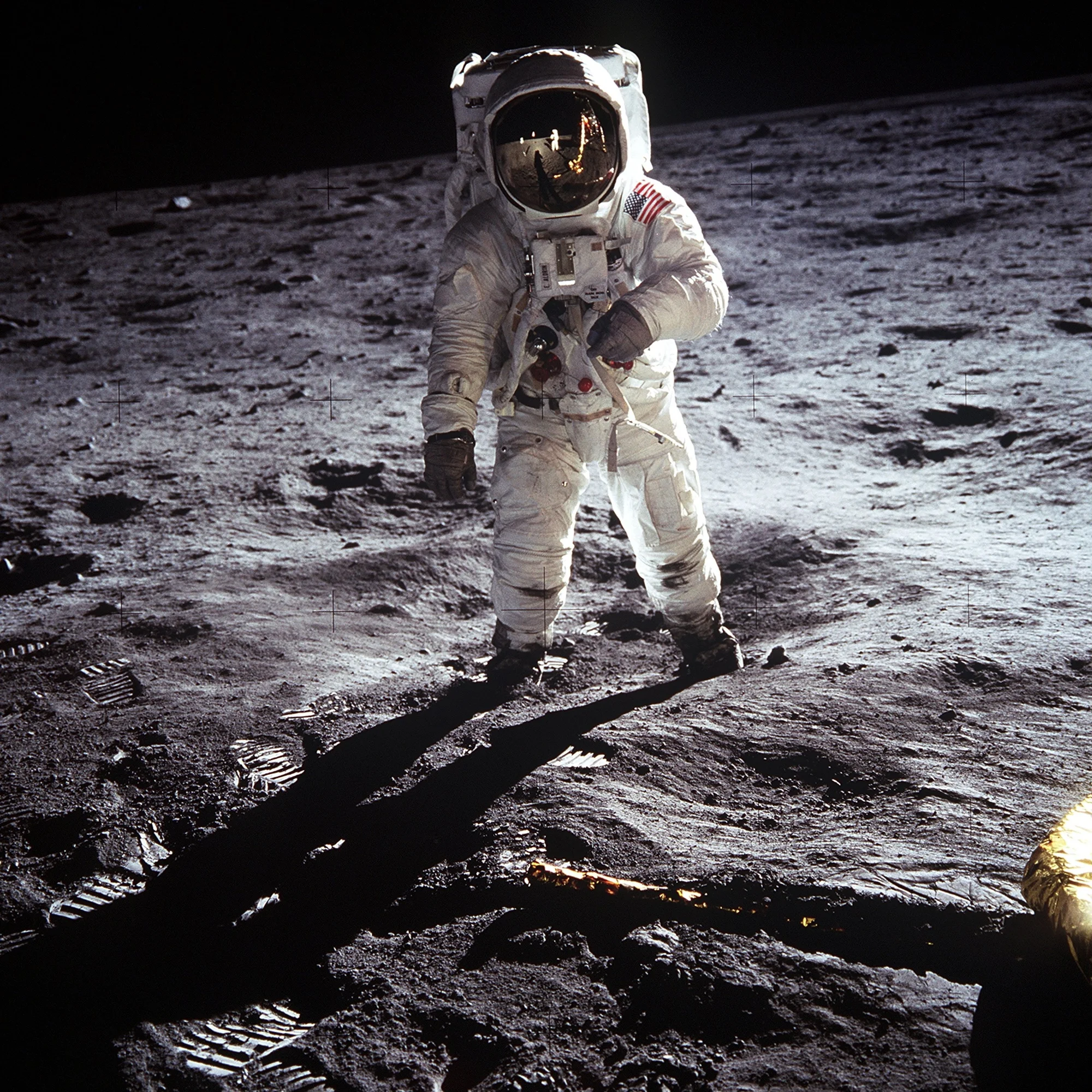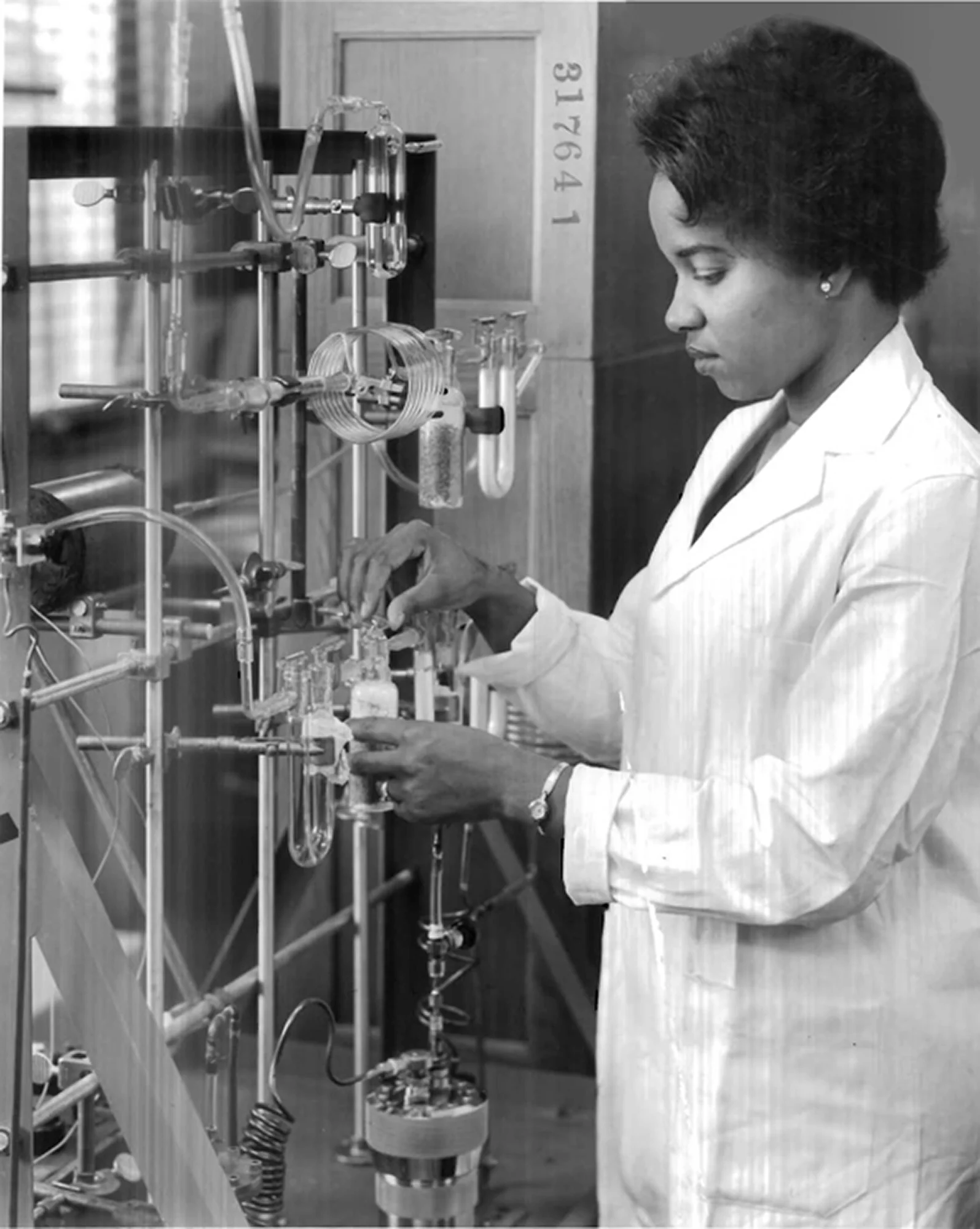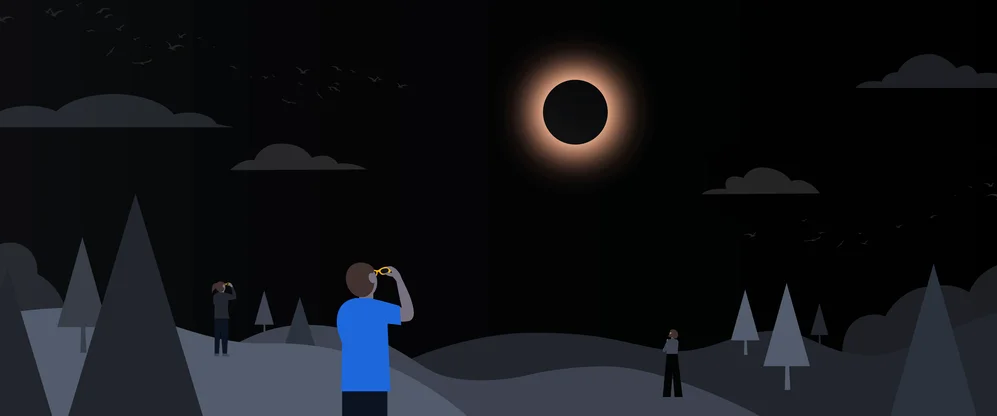A different sort of moonshot: looking back on Apollo 11
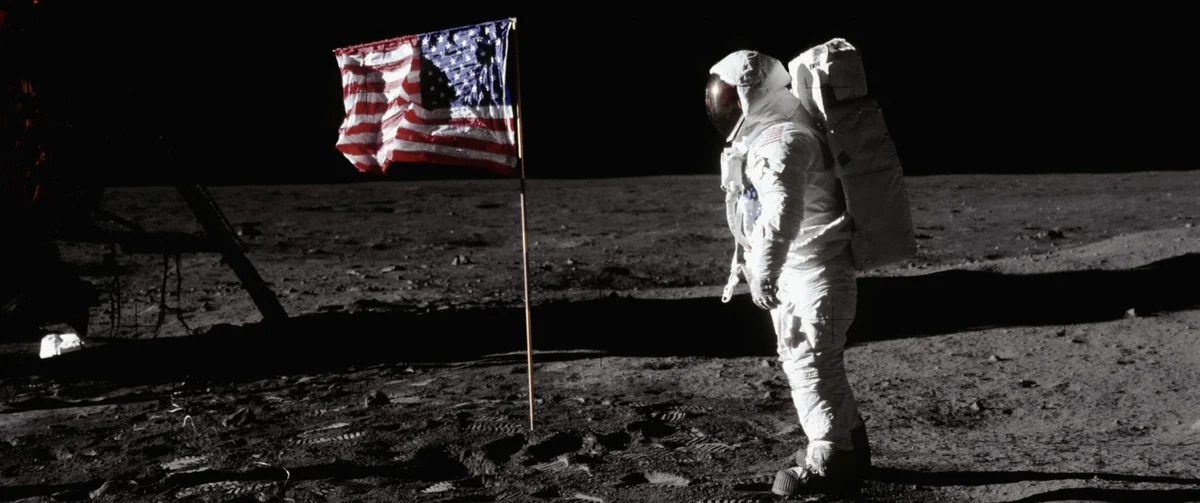
When astronauts set foot on the Moon 50 years ago, it was a technological triumph that sparked curiosity across the globe. Neil Armstrong, Buzz Aldrin and Michael Collins inspired us to learn more about space and life here on Earth. A similar spirit of curiosity and exploration has always been core to Google, with our mission to make the universe of knowledge accessible to people around the world. So on the anniversary of the Moon landing, we’re bringing you new ways to learn about this milestone of human achievement, including new perspectives and stories that celebrate the lesser-known figures who made it happen.
Starting today, in collaboration with the Smithsonian National Air and Space Museum, you can get up close to the command module that carried Armstrong, Aldrin and Collins to the Moon. To get started, search for “Apollo 11” from your AR-enabled mobile device. You’ll get the option to see the module in 3D, so you can zoom in and check it out from all angles. Using augmented reality, you can then bring the command module into your space—your bedroom, the kitchen or wherever you are—to get a better sense of its size. And later this month, you can do the same thing with Neil Armstrong’s spacesuit and examine what astronauts wore on the surface of the Moon.
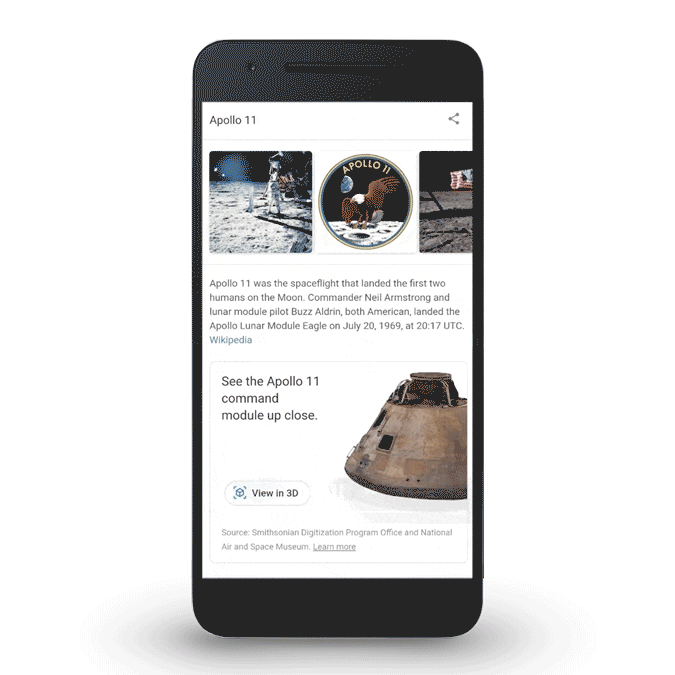
3-D Command Module created by The Smithsonian’s Digitization Program Office
You can also explore 20 new visual stories related to the lunar mission directly from Search. When you enter a space-related query—like “Apollo 11 mission”—on your mobile device, you’ll see visual stories from the Smithsonian about the mission, the spacecraft, and the people who made it possible. These full screen, tappable visual stories feature photos, videos and information about the space journey.
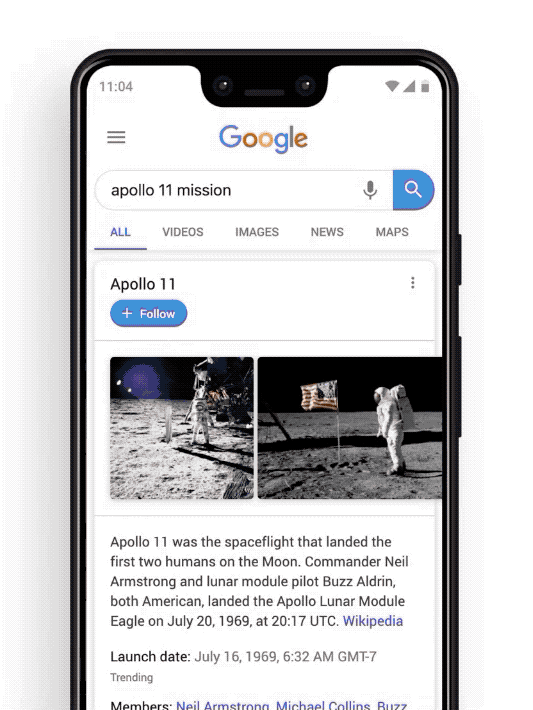
One of the stories that I found personally inspiring was of Margaret Hamilton, known for helping coin the term “software engineering,” and creating the on-board software for Apollo 11. Among other tasks, this software made sure the Apollo 11 lunar module’s system could manage the information it was receiving and safely land on the lunar surface.
Google Arts & Culture has 40 new exhibits about Apollo 11, like Walter Cronkite’s reflections on humankind’s first steps, or a lesson on how to put on a space suit and pack snacks for the journey. There’s a lot to learn--the inside of your command module is a good place to take notes. And there’s more: starting July 15, Google Earth will have several new tours and quizzes to help you visually explore more about the Moon mission, NASA and the world of space exploration.
Space has always been near and dear to our hearts, whether it’s helping you explore the International Space Station through Street View, celebrate the first photo of a black hole, or simply satisfy your curiosity on Google Search. Try searching for “moon” (or “🌙”) on Google Photos to see your snapshots of our neighbor. Ask the Google Assistant questions to learn fun facts about the Moon, like what sports have been played on the surface. And be sure to visit Google.com on the 20th for another special Moon-related surprise.
Apollo 11 continues to have a profound impact on our planet’s history. We hope this is just the beginning of your space explorations. 🚀

